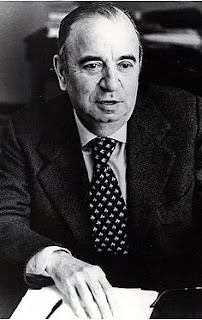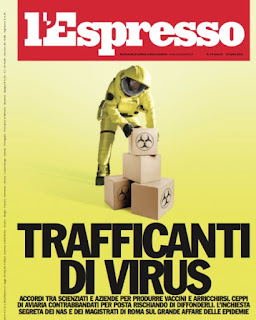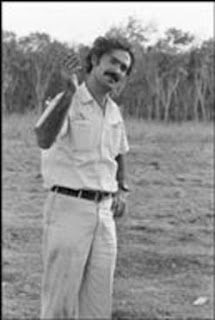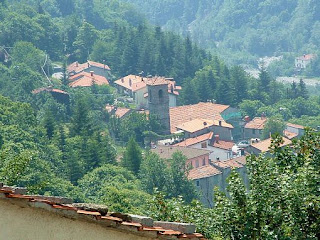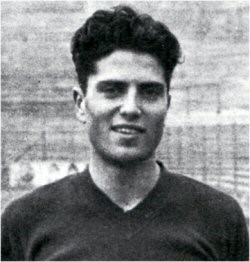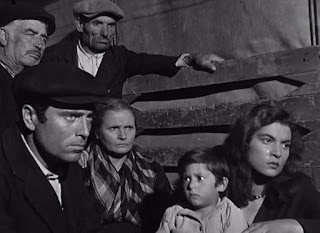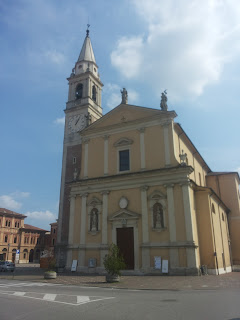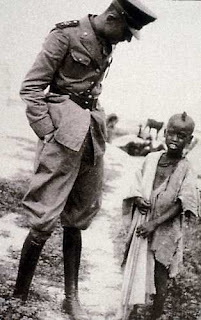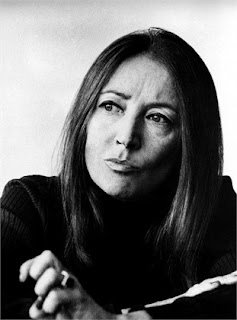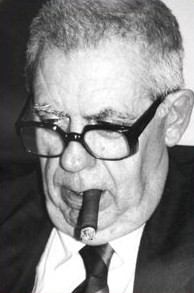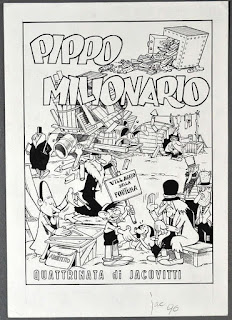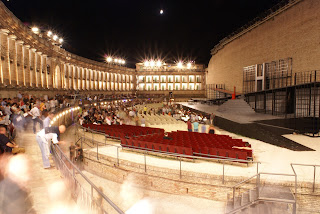Left-leaning aristocrat who co-founded L’Espresso and La Repubblica
The newspaper publisher Carlo Caracciolo, who was the driving force behind the news magazine L’Espresso and the centre-left daily La Repubblica, was born on this day in 1925 in Florence.Carlo Caracciolo set up
La Repubblica in 1976
Caracciolo aligned himself politically with the Left and spent the last two years of World War Two fighting against the Fascists as a member of a partisan unit he joined at the age of 18.
Yet he was born into Italian aristocracy, inheriting the titles Prince of Castagneto and Duke of Melito with the death of his father in 1965. After his younger sister, Marella, married the Fiat chairman, Gianni Agnelli, in 1953, he became one of the best connected individuals in Italian society. His funeral in 2008 was attended by members of five of Italy’s most powerful dynasties: Agnelli, Caracciolo, Borghese, Visconti and Pasolini.
Tall and handsome, effortlessly elegant in his dress sense and instinctively well-mannered, he could not disguise his refined roots but never flaunted them. He was at his most comfortable in the company of left-wing intellectuals and insisted he be known only as Carlo.
At the same time, however, he was a formidable businessman, pursuing his ideals of an independent free press but at the same time rebuilding his family’s fortune, which had suffered after the stock market crash of 1929 when his American mother, heir to a distilling company in Illinois, lost much of her inheritance. He was said to be the only man Gianni Agnelli, whose wealth and influence made him the most powerful person in Italy, genuinely regarded as an equal.
Caracciolo was fortunate to survive his experience of fighting with the partisans, which saw him arrested and sentenced to death. In an early indication of his talent for negotiating, however, he secured his escape from prison by striking a deal with his jailer, promising that when the Axis alliance fell to the Allies he would use his influence to return the favour.
 |
| Caracciolo (right) pictured with Eugenio Scalfari, who helped him make L'Espresso his first success |
He moved to Milan in 1951, where he worked at a trade publication for the packaging industry. His business contacts soon included Adriano Olivetti, who inherited the Olivetti typewriter company from his father, Camillo, but had a progressive view of entrepreneurialism, believing that profits generated should be reinvested for the benefit of wider society.
Caracciolo likewise was a man of progressive ideas and wanted to challenge Italy’s tradition of clientelism, where so much depended on patronage, connections and favours, and which made it difficult for there to be a truly free press. He saw in Olivetti the perfect partner for his ambition to set up a genuinely independent news magazine. Together, they created the Nuove Edizioni Romane publishing company, enlisted two of Italy’s most respected journalists, Arrigo Benedetti and Eugenio Scalfari, and launched L’Espresso.
From the start, L'Espresso championed aggressive investigative journalism, seeking out the corruption and clientelism on which Caracciolo felt the Christian Democrats relied to maintain their grip on Italian politics. This had repercussions for Olivetti, who lost some major contracts as a result. Olivetti ultimately had to withdraw and handed Caracciolo his majority shareholding for a token amount.
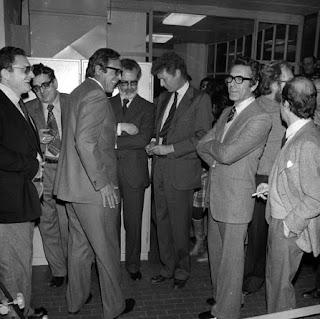 |
| Scalfari and Caracciolo (centre) at the launch of La Repubblica in Rome in 1976 |
The magazine’s success gave them the platform to pursue their dream of publishing an independent daily. Seeking an investor, Caracciolo homed in on Giorgio Mondadori, who was looking for a new venture after a somewhat acrimonious split with the publishing house set up by his father, Arnoldo Mondadori, and saw their project as the right fit.
Thus, La Repubblica was launched on 14 January, 1976. Based in Rome, it was to be the first Italian daily to position itself on the centre-left, playing an important role in shifting Marxist activism in Italy towards contemporary social democracy. Caracciolo was astute enough to see the value of arts coverage in building a strong circulation, particularly among younger readers. He also correctly judged that adopting the Berliner format, the compact size that is slightly bigger than a tabloid but shorter and narrower than a broadsheet, would appeal to readers buying a newspaper to read on the go.
As a newspaper that was neither the voice piece of a political party nor owned by an industrial tycoon, La Repubblica was able to forge an independent path that also enabled it to recruit some of the best journalists in the country, giving them a chance to report the news without fear or favour.
 |
| Caracciolo's sister, Marella, who married Gianni Agnelli |
Much to his dismay, parts of the company subsequently ended up in the hands of Silvio Berlusconi, the entrepreneur whose politics were diametrically opposed to his own, but it was another Berlusconi opponent, Carlo De Benedetti, who took control of L’Espresso and La Repubblica.
With the money he made from the venture - his fortune was estimated at around $200 million (€172m; £145m) - Caracciolo acquired two country estates, one in Tuscany and the other - Torrecchia Vecchia - south of Rome, where he had a 17th-century barn converted into a villa by the architect Gae Aulenti and employed the English gardener and TV presenter Dan Pearson to design gardens that became his favourite part of the estate. He also owned an elegant apartment in the Trastevere district of central Rome.
Caracciolo died in 2008, having survived his wife of 12 years, Violante Visconti di Modrone, a niece of the stage and film director Luchino Visconti, by eight years. He is survived by three children, Carlo, Margherita and Jacaranda.
Travel tip:The house on the Torrecchia Vecchia estate where
Caracciolo spent much of his time when not in Rome
Torrecchia Vecchia, one of two estates owned by Caracciolo, covers over 1500 acres just outside the town of Cisterna di Latina, some 55km (34 miles) south of Rome. Recognised as a Natural Monument in 2007, it may be visited by permission. Containing over 625 acres of woodland, the estate originally contained a medieval hilltop village and ruined castle, which was abandoned some 800 years ago. Cisterna di Latina is acknowledged to have grown on the site of the village of Tres Tabernae, which was mentioned in the Acts of the Apostles as one of the towns where Saint Paul stopped on his way to Rome.
Travel tip:The Basilica of Santa Maria is
one of Rome's oldest churches
Although formerly a working class neighbourhood alongside the Tiber, the Trastevere district, where Caracciolo kept an apartment for when he was working in Rome, is regarded as one of the city's most charming areas for tourists to visit. Full of winding, cobbled streets and well preserved medieval houses, it is fashionable with Rome's young professional class as a place to live, with an abundance of restaurants and bars and a lively student music scene. It is also home to one of the oldest churches in Rome in the Basilica of Santa Maria, with a wall structure and floor plan dating back to the fourth century, although most of it was built in the first half of the 12th century. Inside, the walls and ceiling are covered with breathtakingly beautiful 13th century mosaics, by Pietro Cavallini.
Also on this day:
1457: The forced abdication of Francesco Foscari after 34 years as Doge of Venice
1966: The birth of racing driver and Paralympian Alex Zanardi
The Feast of Saint John of Capistrano



